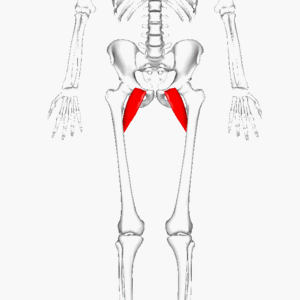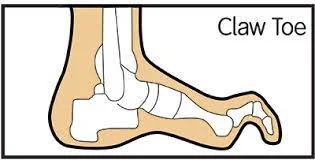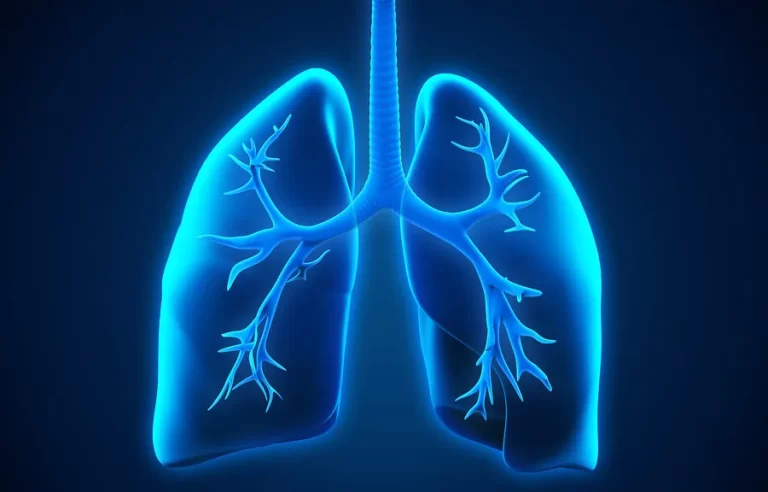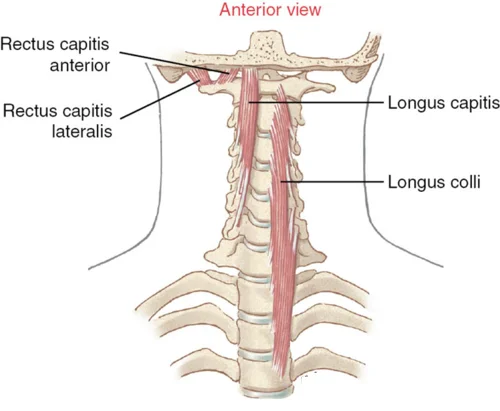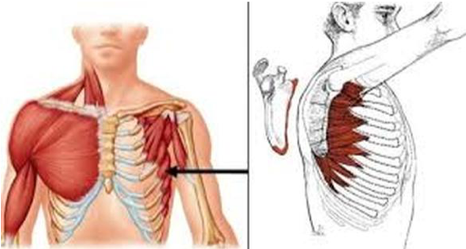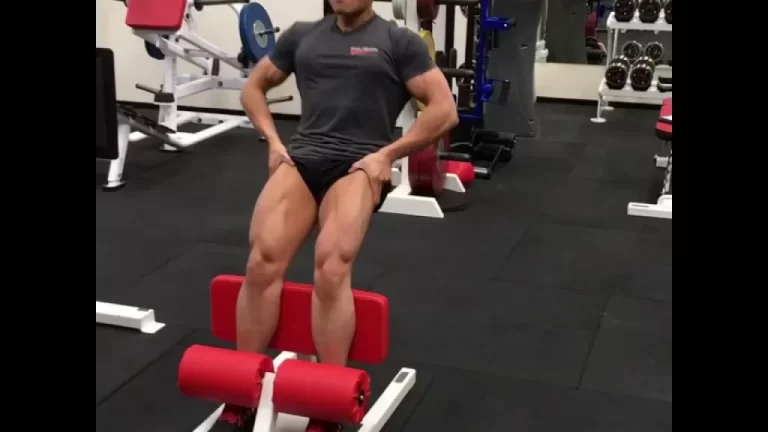Pectineus muscle pain: Cause, Symptoms, Treatment, Exercise
When you feel the groin / upper thigh pain & also feel the tingling/weakness/numbness in the groin or leg, It is indicated to be pectineus muscle pain.
In this muscle pain, you also hear the pop/snapping sound.
Table of Contents
What is the pectineus muscle pain?
- Pectineus muscle is a flat, quadrangular muscle that is located in the middle of the thigh & helps to flex & move the leg towards the body.
- When you do Running, skating or kicking a soccer ball, play basketball & when do the exercise with fatigued muscles which is lead to strain & pull the muscle of the pectineus which is given to results in painful injury.
- In the injury, the patient feels weakness & numbness in the leg.
- This pain is relieved by the medication, rice principle & physiotherapy treatment.
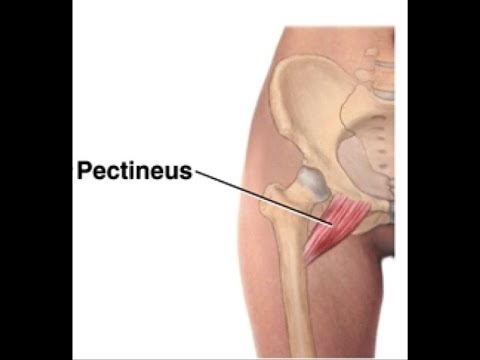
What is the Anatomy of the pectineus muscle?
- The pectineus muscle originates from the pectineal line of the pubic bone, which is also known as the pectin pubis.
- Then The pectineus muscle continues downward & in a posterolateral direction behind the side & inserts into the pectineal line of the femur bone thigh bone.
- The pectineus muscle is a hip adductor muscle that is one of the groups of 5 large muscles on the medial (middle) thigh.the pectineus muscle is innervated by the obturator nerve
- Functions of the pectineus muscle are flexion, adduction,& external rotation means lateral rotation of the hip joint.
What is the cause of the pectineus muscle pain?
- The pectineus muscle is become too injured by the overstretching of one & both legs too far out to the side & front of the body. the Pectineus muscle injuries are caused by rapid movements & some repetitive activity like as
- Kicking & sprinting
- Weak adductors muscle
- If you Change the directions too quickly during running
- When you Sit with a leg crossed for too long a time.
- If present to Previous hip joint/groin injury
This pain is lead to groin strain & groin pull.
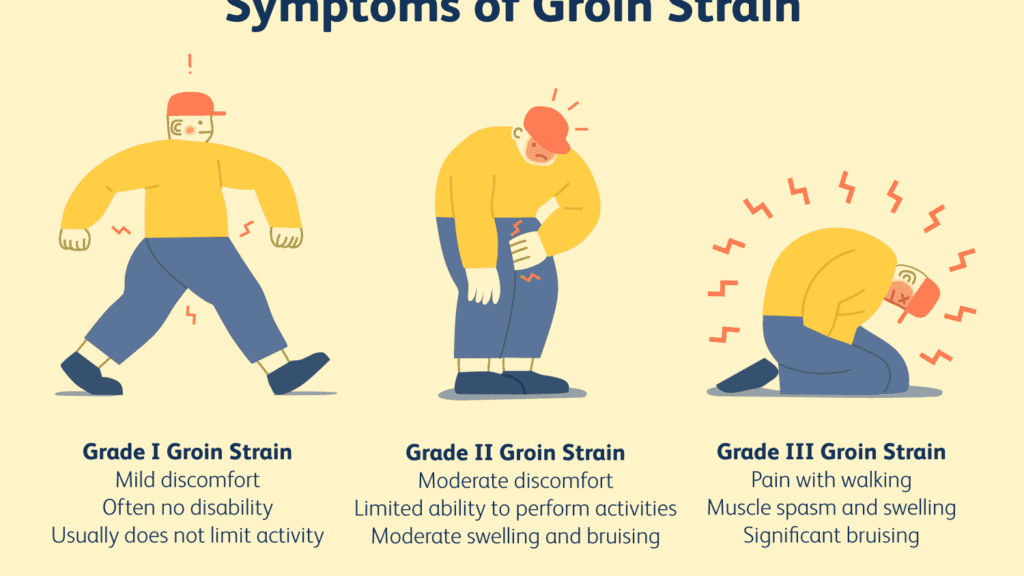
- This groin strain is present in 3 degrees of strain.
- Grade 1 strain:
- Overstretched & torn muscle which is damage up to 5 % of muscle fibers.
- With this grade – 1 strain, walking is not painful but jumping, running, and stretching activities are produce pain.
- Grade 2 strain :
- In this strain more significant to damage the muscle fibers are caused by tearing in muscle.
- In walking patient feels the pain.
- With this grade, the patient needs crutches for walking.
- Grade 3 strain:
- In this strain, most or all of the muscle & tendon are in tear, which is produce immediate severe pain, swelling, & bruising.
- It is the result of this severe injury, you feel the space where the muscle fibers have been torn.
- In this case, it is important to avoid any running & jumping which is would worsen the injury & seek medical attention immediately.
What are the symptoms of the pectineus muscle injury?
- The patient is feeling pain,
- In the skin present redness
- Swelling is also present in the area of pain,
- In the area of pain present to some point tenderness & trigger point
- In the muscle feel the stiffness.
- You have also heard a pop & snapping sound.
In which condition do you need to contact the doctor?
- If you feel severe pain & swelling in the groin area.
- If changes the color of the groin & upper thigh
- If you feel a tingling, weakness & numbness in the groin area & leg.
- If You cannot move the leg.
- If You cannot put the weight on the leg.
Diagnosis by the doctor:
- Any of the symptoms of a groin strain which is always similar to symptoms of bursitis of the hip joint, hip strain & stress fracture so the doctor recommends MRI = magnetic resonance imaging to view the extent of the muscle injury.
- Musculoskeletal ultrasound helps further visualize the tendon & bony attachment sites, muscles, ligaments & nerves to identify the area & extent of the injury which is evaluated periodically during the recovery phase.
What is the Treatment of pectineus muscle pain?
RICE principle:
For the starting phase of pain relief used to RICE principle.
- R – rest = When the pain is occur avoid movements that are produced to further injury & pain. so that does the rest for some time or do the minimize activities in which the pectineus muscle is used like as walking &running activities.
- I – ice = Ice is applied to the area of pain for 20 minutes released to pain & swellings. you can also use ice packs & frozen peas.
- C – compression = Applied to compression bandage to release the swelling & spasms.
- E – elevation= Patient is elevated to the affected leg with the help of a pillow to release the swelling.
Pain medication :
- When the patient feels muscle pain, the patient can be used pain relief drugs such as
- Nonsteroidal anti-inflammatory drugs = NSAIDs including to ibuprofen / naproxen.
- The patient can also be used pain reliever gel or patches such as volini gel & diclofenac gel & on the area of muscle pain to reduce the pain.
Groin strain treatment:
- Groin strain treatment depends on the grade.
- In the Initially phase, pain management of groin strain is usually used with acetaminophen & non-steroidal anti-inflammatory medications.
- You can also be used the RICE principle for pain relief.
- From mild to more severe strain which is take to time ranging from 3 weeks to 6 weeks of rest & even longer time to heal.
- When occur A complete tear means 3 degree of strain which requires surgery & take to up a three-month recovery period.
Heating therapy :
- After 2 – 3 days of muscle pain when the swelling is gone then apply heat with the help of putting the warm water bottle & a heating pad till the patient feels comfortable in the groin area.
- But always take care of this thing Do not go to sleep with the heating pad on the skin, because it occurs to burns.
What is Physiotherapy treatment for pectineus muscle pain?
The physiotherapy treatment includes electrotherapy, stretching & exercise to release the muscle pain.
Electrotherapy for the pectineus muscle pain:
- This electrotherapy treatment includes SWD, TENS, IFT, and the US machine which is used to reduce pain & swelling.
- Ultrasound therapy = US machine is used on the tender points & trigger points to reduce the swelling.
- Short wave diathermy = SWD is applied to an area of muscle pain to reduce the pain.
- TENS & IFT machine is used in the area of muscle pain to release the pain & swellings.
Stretching for the pectineus muscle pain:
This stretching helps to for releasing the groin strain which is the cause of muscle pain.
- Standing Groin Stretch
- Seated Groin Stretch
- Squatting Groin Stretch
- Hip Opener & Groin Stretch
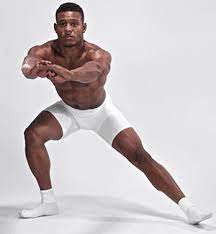
Standing Groin Stretch:
- The patient is Stand with both legs are wide apart.
- Then Shift the weight to the left side.
- Allow the left knee to bend till it is over the left foot.
- The patient is feeling a stretch in the right groin.
- Must be Keep the feet on the ground to facing forward.
- Hold this stretching position for 20 to 30 seconds.
- Then Repeat the stretching on the opposite side.
- This stretching is repeated 3 times on each side
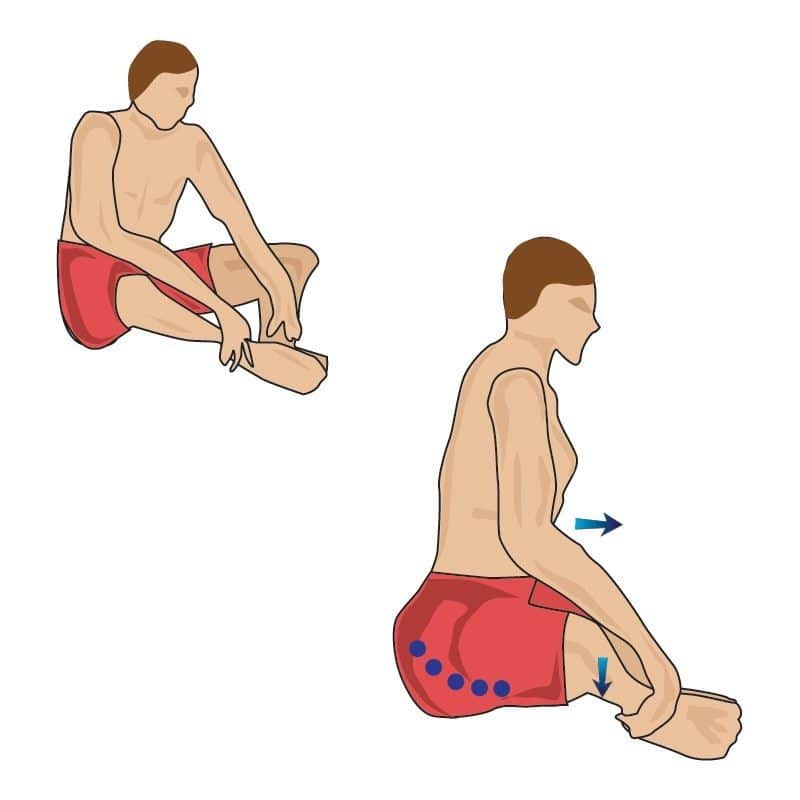
Seated Groin Stretch:
- Sometimes this stretch is also known as the butterfly stretch.
- The patient is in a sitting position for the stretch.
- Bend the knee joint & bring the soles of the feet together.
- Hold the feet with the hands & rest the elbow joint on the knees.
- Allow the knee joint to fall toward the ground while keeping the back straight means no slouching.
- Then apply gentle pressure on the inner thigh by pressing gently on the knees with the elbows joint.
- Patient feel the gentle pulling & tension in the groin.
- Do not bounce & Do not press down with great force.
- Hold the stretching for 20 to 30 seconds.
- Then Release & repeat 3 times in 1 session
- To increase the stretch, and bring the feet closer to the groin.

Squatting Groin Stretch:
- The patient is Stand with the feet wide apart & toes pointing outwards.
- Then Squat down slowly till the knee joints are directly over the ankles & bend to 90 degrees.
- Place the hands on top of the inner thighs & slowly push outward to open the hip joint.
- The patient feels a stretch in the groin muscles in both legs.
- Hold this stretching for 20 to 30 seconds then relax & repeat three times.
Hip Opener & Groin Stretch :
- Start with the forward lunge position & drop the left knee to the ground.
- Place the right elbow joint on the inside of the right knee.
- Then Press the right elbow gently into the right knee & twist the torso to the left.
- Reach the left arm behind till the patient feel a gentle stretch in the lower back & right groin.
- Hold this stretch for about 20 to 30 seconds then release & repeat on the other leg.
Exercises for the pectineus muscle pain:
This exercise is helpful to you for reducing the pain & strengthen the muscle.
- Standing hip flexion exercise
- Lateral Lunges
- Side-Lying Hip Adduction
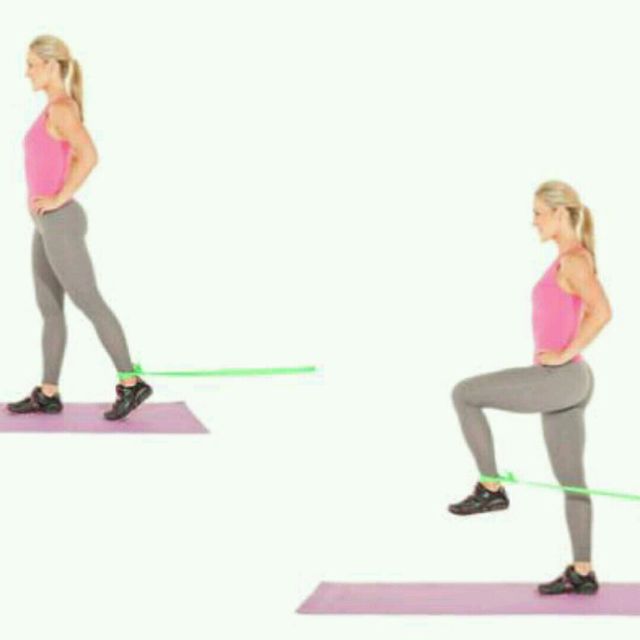
Standing hip flexion exercise:
- The patient is in a Standing position for facing a bench & other elevated surfaces like a secured & stable chair.
- Maintain the Distance from it approximately the length of the leg.
- With the hands-on, the hip joint, place one foot on the bench & elevated surface.
- Bend the raised leg slowly then causing it to lunge forward while keeping the torso straight.
- Push the hip joint slightly forward & hold this stretching position for at least two seconds, but the patient can hold for long as strength increases.
- Perform this exercise ten repetitions on one side, then repeat this exercise with the other leg.
Lateral Lunges:

- Starting with the standing position with the feet a little less than shoulder-width apart.
- Place the hands on the hip joint out to the side to help with the balance.
- Step the right foot out to the right side & into a squat position for to the one side.
- Patient Go as far down as the comfortable but not past the point where the thigh is parallel to the ground.
- Then Gently push with the right foot to stand back up again & return the right foot to the starting position.
- Must be Kept the core muscle stable by contracting the abdominal muscles while performing this exercise.
- Perform these Lateral Lunges exercise four times on each side then increase the number of repetitions & sets as the strength increases.
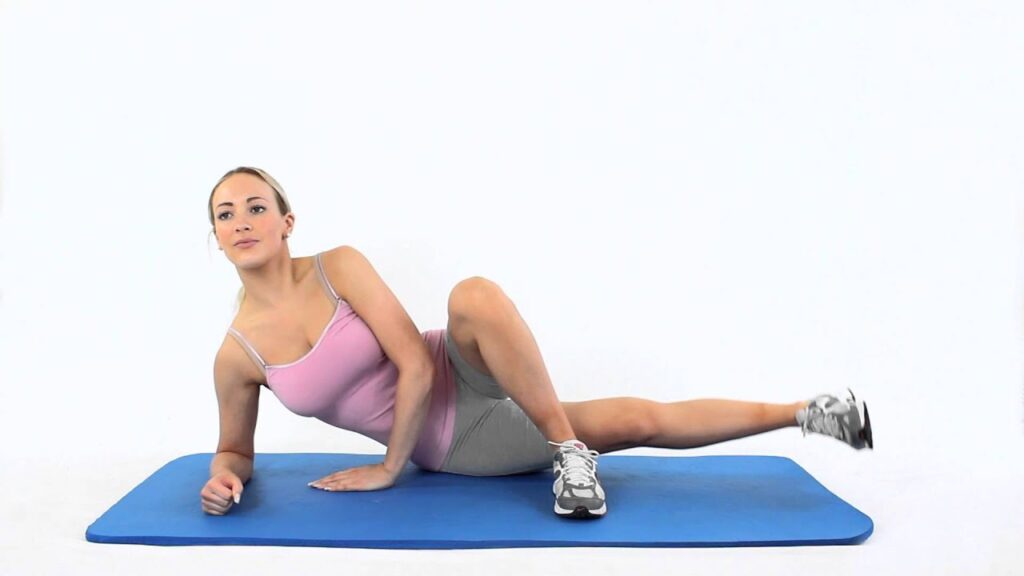
Side-Lying Hip Adduction:
- This exercise is performed on the mat & padded floor surface.
- The patient is lying on the side with the legs being straight & stacked up on top of each other.
- Then Slide the top leg slightly backward so that the bottom leg is free, & then raise the bottom leg a couple of inches off the floor, lifting from the hip joint.
- Slowly return to the floor & then repeat to complete the repetitions on the leg.

